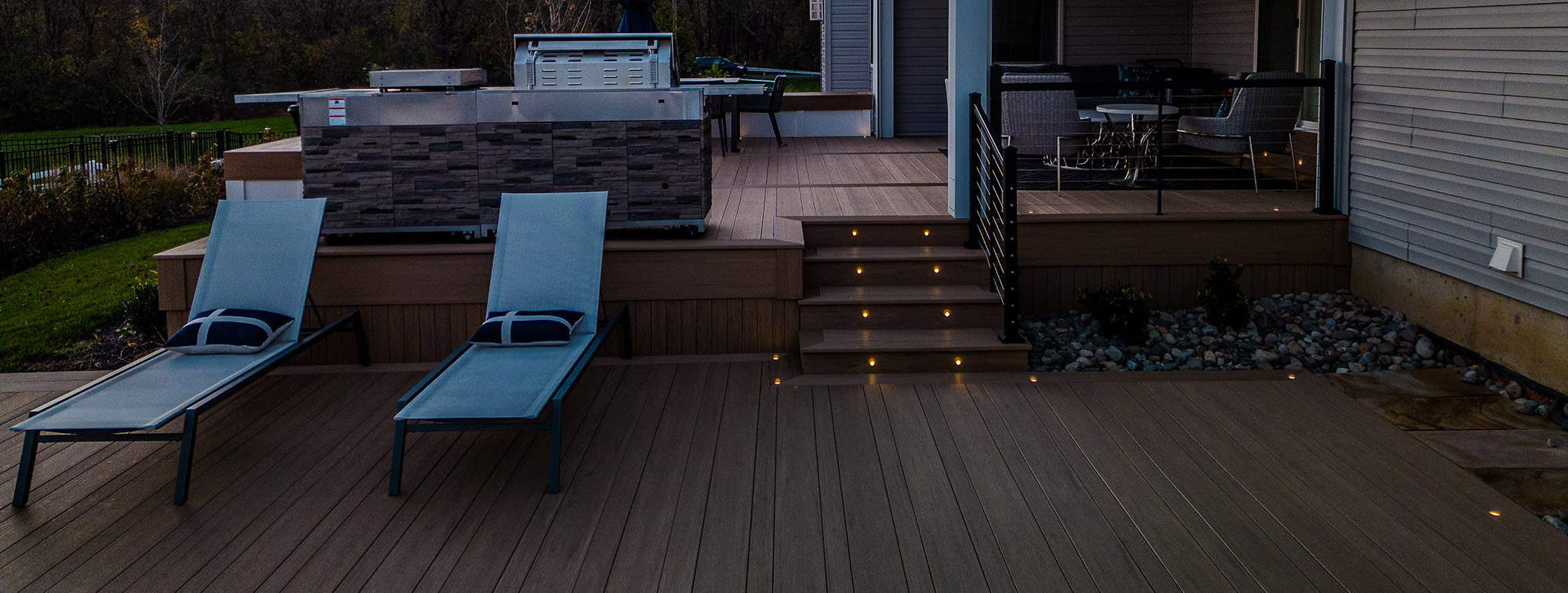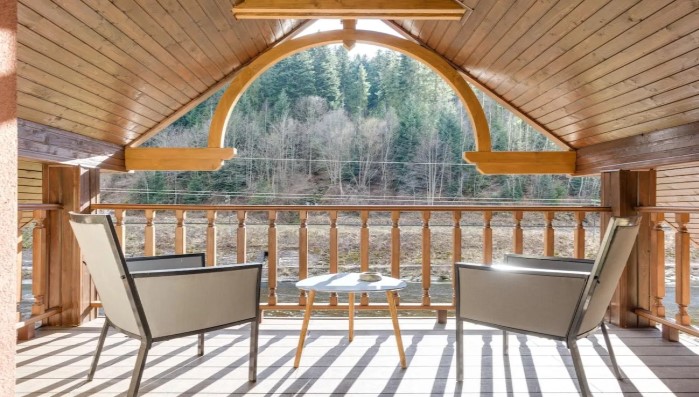If you want to upgrade your deck, the deck railing is one of the most essential components. Not only does it provide safety and security, but it can also add an aesthetic appeal to your outdoor space. However, with so many different parts involved in a deck railing, it can be overwhelming to know where to start.
That’s why we’ve compiled this comprehensive guide to help you understand the various parts of deck railing. Read on to learn more!
1. Decking
As the planks of a deck are set on top of everything else, this is the literal ground you stand on. As one of the concluding construction steps, these deck boards are installed.
Decking is delivered to the construction site and allowed to acclimate for approximately one week before installation. Before deciding on a decking material for your new outdoor space, consider a variety of options when it comes to decking.
2. Footings
Concrete footings serve as the deck’s foundation and are typically the first step. Contractors pour concrete by local building codes and the frost depth in your area.
Footings support the anchors for the column and column. As the absolute bottom layer of a deck, the footings are essential structurally. Gravel and sediment are occasionally added to concrete to enhance its overall stability.
3. Post Anchors and Posts
Posts are vertical timbers connected to the footings through post anchors or concrete piers. These pillars sustain the support beams from the ground and ensure adequate ventilation beneath the deck, granting maintenance access to the area beneath the deck.
Consult with your contractor regarding deck height before construction, as the post effectively determines the height above the surface.
4. Beams
Beams that lie horizontally on top of posts serve two purposes. They delineate the overall dimensions of the deck first. Consider the beams to be the outline of a college essay. Second, beams support all components that rest atop them, such as joists, deck boards, and other related details.
5. Roof and Floor Joists
The joists of a deck form a framework beneath and perpendicular to the deck boards but above the beams, providing structural support and aiding in creating various aesthetic embellishments. As their name implies, rim joists function as the framework’s exterior rim.
Because these rim joists are visible from the side, they typically flourish more than the other boards. In this regard, the rim joist that connects to the building is a ledger. A freestanding veranda does not need one.
6. Blocking
Installing blocking timber between the joists provides additional stability and a secure location for deck-related structures such as stairs and railings. These pieces of wood are constructed from joist material and are affixed perpendicular to the joist.
7. Handrail
Local laws mandate a safety-enhancing railway framework if your deck is high enough from the ground. Even if the law does not need a railing, it is a good idea to install one to safeguard the safety of your family and visitors.
Conclusion
By understanding and incorporating these various components, homeowners can create a well-built, attractive deck that enhances their outdoor living space. It is always essential to consult with professionals, such as contractors, to ensure compliance with local building codes and to receive expert guidance throughout the construction process.
Looking for trusted general contractors in Philadelphia to bring your deck construction project to life? Look no further than Expert General Contracting! Our experienced professionals will guide you through the selection of decking materials and help you choose the perfect railings and balusters to match your deck’s aesthetics. Contact us now!





